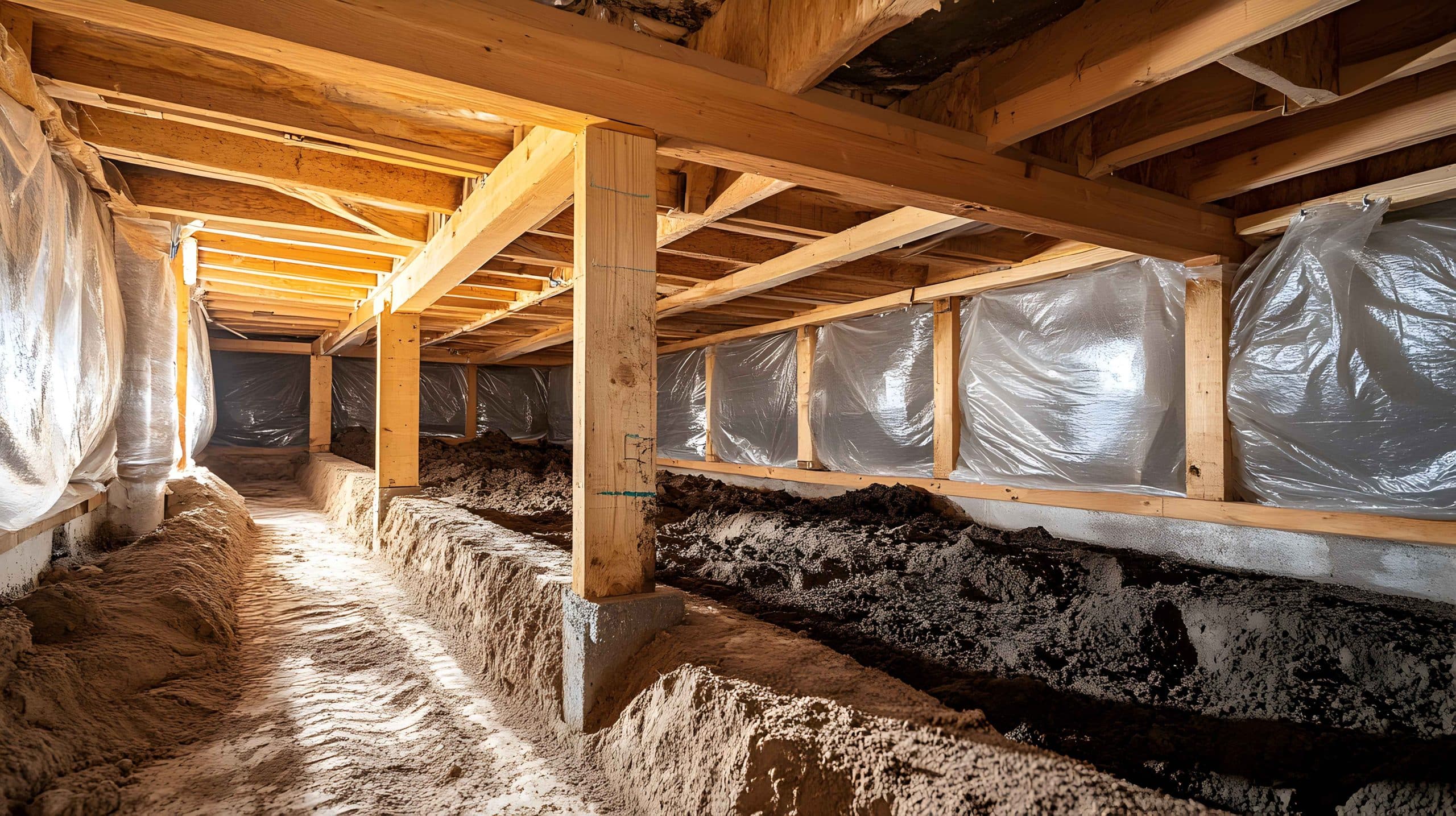You may have heard stories about rodent, bee, ant or termite infestations, or water seeping through windows, cracks, or leaky roofs. But did you know that homeowners have been denied claims for the cost of repairing the damage or removing the pests? That can happen if the entry route for the water or pests wasn’t caused by a storm, vandalism, fire or another covered cause of loss.
Most home insurance policies exclude damage due to water and pest intrusions if they were caused by a lack of maintenance. But you can take some fairly inexpensive steps to prevent these losses.
Establish an exterior maintenance routine
If you maintain your exterior three times a year, you will have a lower chance of damage not covered by insurance.
Spring maintenance
Your home has many entry points that pests and critters can exploit to gain entry. Spring is a great time to repair any damage that has developed over the winter. Check:
- Door seals, screens and gutters for displacement
- Pipe or wiring holes for separated or cracked seals
- Gable vents to ensure flaps open and close properly
- Roof tiles or shingles to make sure all are intact
- Your crawl space for moisture or cracks
If you have a chimney, late spring is also a good time to close the flue and vent to the outside of the home. Vacuuming out the fireplace also deprives critters of a cozy nesting and breeding spot.
Summer maintenance
In the summer, look around your foundation for tunnels, hills and nests. Get rid of them before insects and burrowing rodents do any damage. You may need to call an exterminator or specialist if you find termite tunnels or bees. Make sure your vent screens are intact, and your soffits don’t have large enough holes for bats or birds.
Fall maintenance
In the fall:
- Check your roof to make sure summer storms or falling branches haven’t poked any holes.
- Clean your gutters. Buildup helps moisture wick into roof sheathing and provides a home to pests.
- Turn off and drain your spigots. In very cold areas, water left in spigots can freeze and cause burst pipes.
- Make sure there are no gaps where pipes enter the wall.
- Remove any summer overgrowth up against the house, especially if it has climbed up under the siding.
- Check siding and rooflines for gaps of half an inch or more. Bats love to nest over the winter in attics, basements and crawl spaces.
Remember your garage
It’s easy to ignore a puddle in the garage or animal droppingshttps://www.dap.ca/resources-support/how-to-s-tips/pest-control/how-to-bug-pest-proof-your-home/?utm_source=chatgpt.com in the corner. But a well-sealed and dry garage can effectively defend the rest of your home from water and pests. Deteriorating seals around garage doors, clogged gutters and downspouts, and cracks in garage flooring are some of the primary ways pests and water invade. Correcting these problems will substantially reduce the chance of water seeping in and damaging contents.
Additional tips for preventing infestations
EasyOpenDoor.com suggests three simple methods to prevent infestations:
- Inspect your property for anthills. If you find any, leave bait nearby to eliminate them.
- Remove any food storage, food waste or grill grates with burnt-on food from your garage.
- Replace cardboard boxes. These can become a home to termites, roaches and other critters.
With these simple actions, you can prevent a lot of expense and headaches. Your home insurance is there for disasters, but maintenance is your responsibility. A combination of the two can protect your home for years to come.



